Data center water consumption is skyrocketing, but Microsoft thinks it has a solution – the company's new closed-loop cooling system consumes zero water and could save millions of liters per year
The tech giant says its new data center design will save more than 125 million liters of water per year, per data center
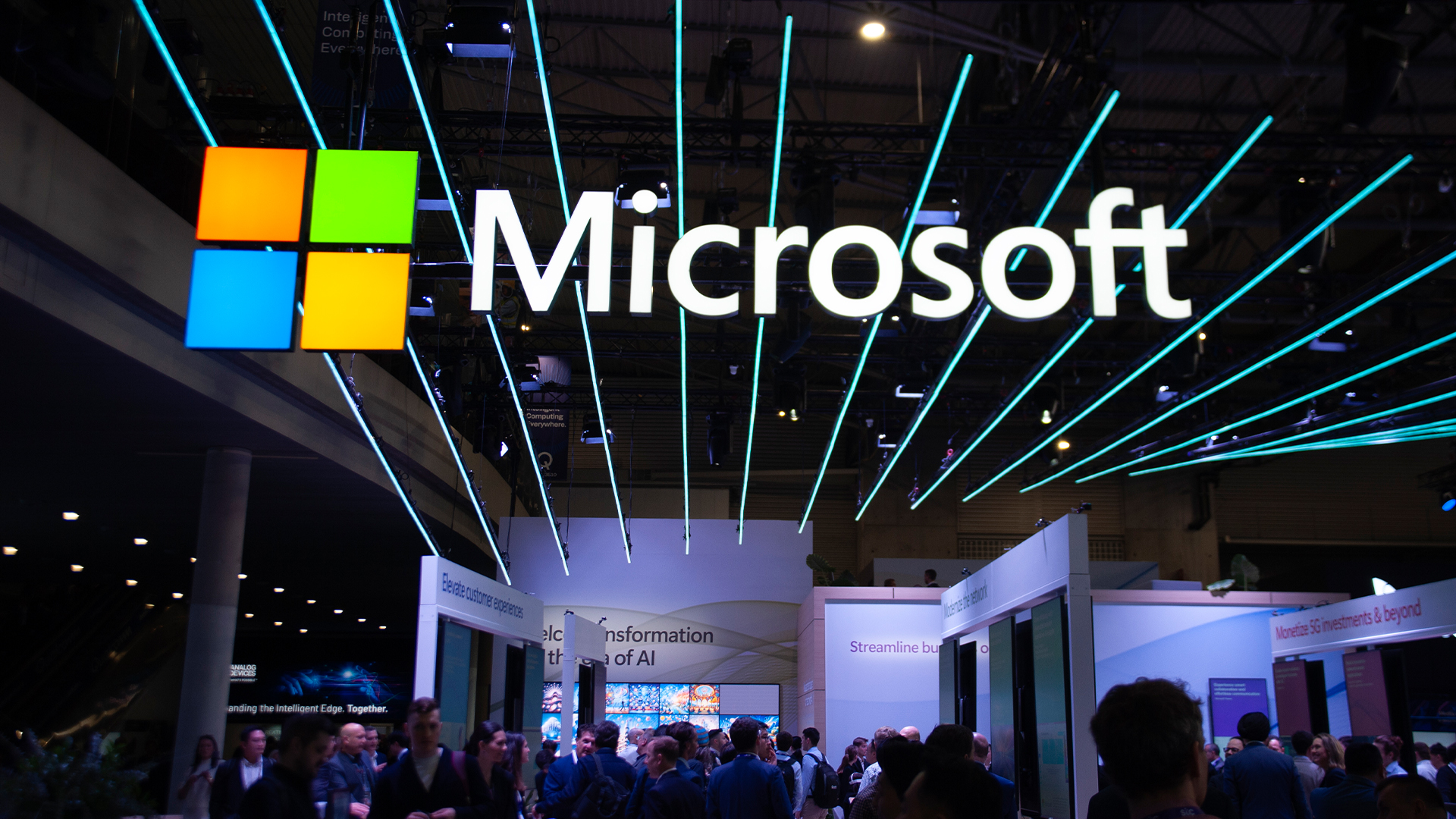

Microsoft has revealed more information on its new data center design that promises to consume zero water for cooling purposes.
In August, the firm unveiled the new design that leverages a chip-level liquid cooling solution that can provide precise temperature control without water evaporation.
A new blog post authored by Steve Solomon, VP of datacenter infrastructure engineering at Microsoft, said the closed-loop liquid cooling solution will continually circulate water between servers and chillers to dissipate heat without requiring a fresh water supply.
“While water is still used for administrative purposes like restrooms and kitchens, this design will avoid the need for more than 125 million liters of water per year per datacenter.” Solomon clarified.
Microsoft said this represents a step forward in cooling technology, noting that traditionally water was evaporated onsite to reduce the power demands of cooling systems, thus requiring a continual supply of fresh water.
But replacing evaporative systems with mechanical cooling would increase Microsoft's power usage effectiveness (PUE), the metric used to measure the energy efficiency of datacenters, the post explained.
“However, our latest chip-level cooling solutions will allow us to utilize warmer temperatures for cooling than previous generations of IT hardware, which enables us to mitigate the power use with high efficiency economizing chillers with elevated water temperatures.”
Get the ITPro daily newsletter
Sign up today and you will receive a free copy of our Future Focus 2025 report - the leading guidance on AI, cybersecurity and other IT challenges as per 700+ senior executives
The outcome of adopting this technology is a “nominal increase” in Microsoft’s annual energy usage compared to evaporative data center designs, the post noted, adding that the company is working on additional techniques to provide more targeted cooling to reduce power consumption.
Microsoft said that while its current fleet of data centers would still use a mix of air-cooled and water-cooled systems, new projects in Phoenix, Arizona, and Mt. Pleasant, Wisconsin will pilot the zero-water evaporated designs in 2026.
“Starting August 2024, all new Microsoft datacenter designs began using this next-generation cooling technology, as we work to make zero-water evaporation the primary cooling method across our owned portfolio. These new sites will begin coming online in late 2027.”
Concerns over data center water consumption mount
The new data center design builds on Microsoft’s Datacenter Community pledge, announced in June 2024, which is the company’s commitment to build and operate digital infrastructure that addresses societal challenges, including climate change, and benefits the local community.
Under the plans, Microsoft said its global operations would run on 100% renewable energy that will significantly expand and decarbonize the local electricity grid.
The pledge also included commitments to reduce the company’s water consumption, waste output, and overall carbon footprint by 2030.
“We will design and operate our datacenters to support society’s climate goals and become carbon negative, water positive and zero waste before 2030,” the firm said.
Data center water consumption has been highlighted as a growing concern by industry stakeholders in recent months.
In August, the Financial Times revealed water consumption facilities in Virginia’s ‘Data Center Alley’ had surged by nearly two-thirds since 2019.
RELATED WEBINAR

In 2023, the data centers in the vicinity of Ashburn in Virginia’s northern region consumed more than seven billion liters of water, marking a 64% increase compared to 2019 figures.
An investigation by Schneider Electric that used system dynamics modelling to forecast the sustainability outcomes of four distinct scenarios for AI electricity consumption through 2035.
In one scenario described as the ‘Abundance Without Boundaries’ scenario sketched out a future where improvements in AI energy efficiency led to more widespread deployment across all sectors.
The technological advancements that helped remove energy constraints were projected to lead to “unbounded growth” and the report highlighted the possibility of water scarcity exacerbated by AI data center consumption could lead to conflict.
“This unbounded growth struggles to cope with planetary boundaries, resulting in increased concentration of power, land use appropriation, e-waste, and battles for resources, especially water,” the report warned.

Solomon Klappholz is a former staff writer for ITPro and ChannelPro. He has experience writing about the technologies that facilitate industrial manufacturing, which led to him developing a particular interest in cybersecurity, IT regulation, industrial infrastructure applications, and machine learning.
-
 Why are many men in tech blind to the gender divide?
Why are many men in tech blind to the gender divide?In-depth From bias to better recognition, male allies in tech must challenge the status quo to advance gender equality
By Keri Allan
-
 BenQ PD3226G monitor review
BenQ PD3226G monitor reviewReviews This 32-inch monitor aims to provide the best of all possible worlds – 4K resolution, 144Hz refresh rate and pro-class color accuracy – and it mostly succeeds
By Sasha Muller
-
 First Microsoft, now AWS: Why tech giants are hitting the breaks on costly data center plans
First Microsoft, now AWS: Why tech giants are hitting the breaks on costly data center plansNews Amazon Web Services (AWS) has paused plans for some data center leases, according to analysts, sparking further concerns about the cost of AI infrastructure spending plans.
By Nicole Kobie
-
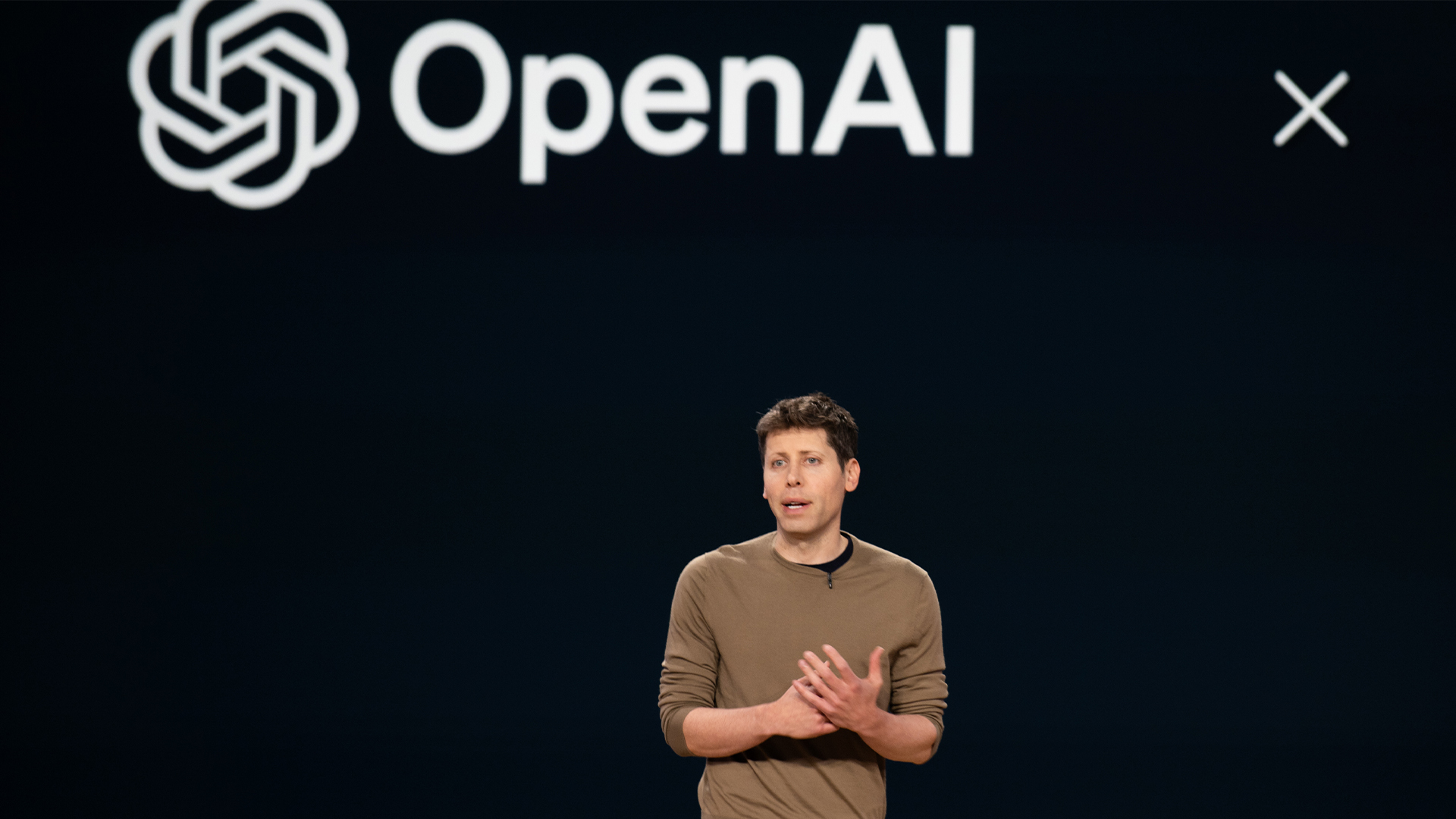 OpenAI inks $12bn CoreWeave deal in latest move away from Microsoft
OpenAI inks $12bn CoreWeave deal in latest move away from MicrosoftNews Cloud infrastructure company CoreWeave will supply OpenAI with infrastructure to run the firm's latest models in a deal worth nearly $12 billion.
By Nicole Kobie
-
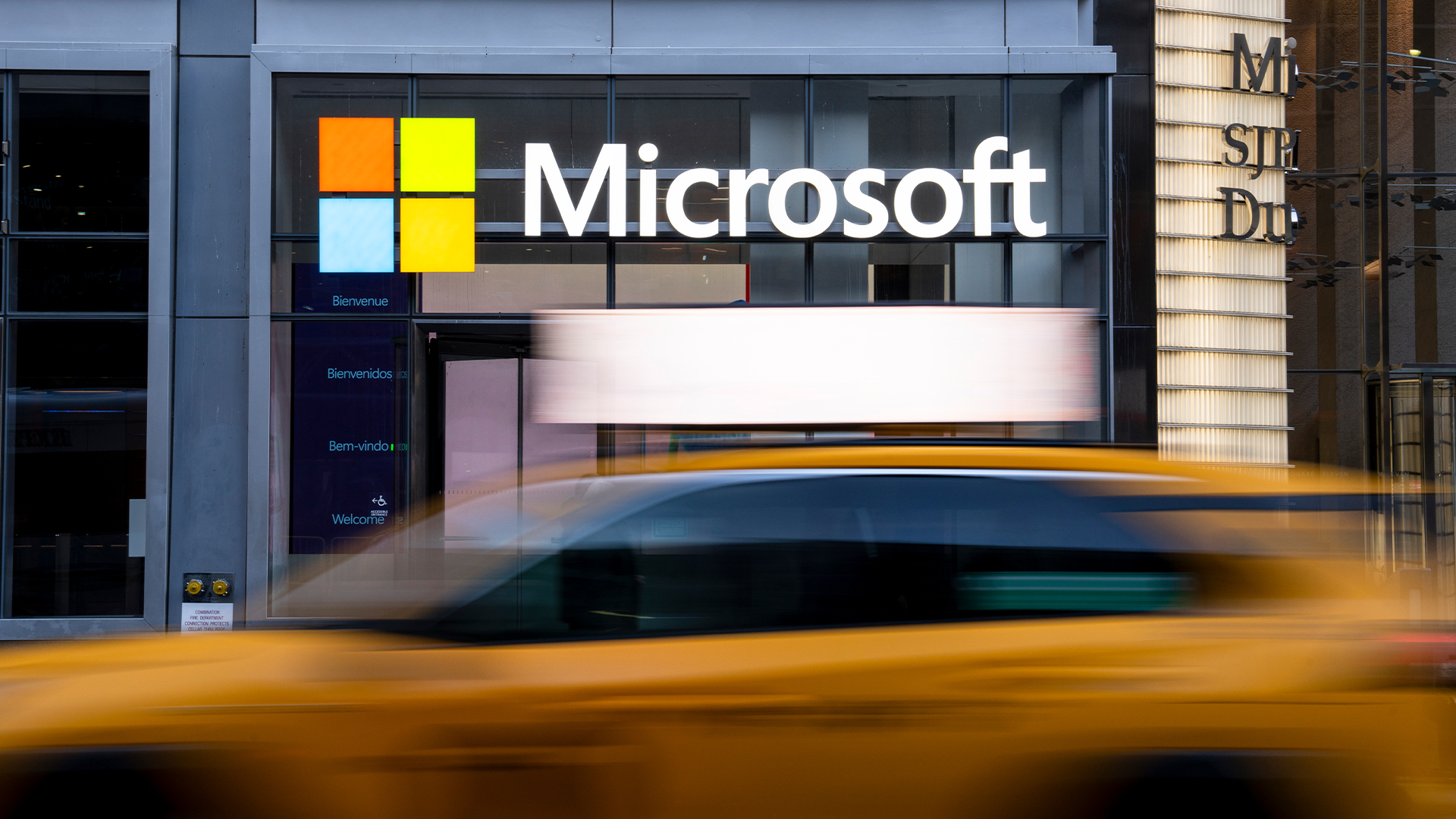 Analysts think Microsoft's data center rollback is bad news for the AI boom – but the company says not to worry
Analysts think Microsoft's data center rollback is bad news for the AI boom – but the company says not to worryNews Microsoft has reportedly ended leases for a significant amount of data center capacity, sparking debate over whether the AI boom is starting to falter.
By Nicole Kobie
-
 Microsoft invests $700 million to bolster cybersecurity and infrastructure in Poland
Microsoft invests $700 million to bolster cybersecurity and infrastructure in PolandNews Microsoft has announced plans to invest more than $700 million to support AI and cloud infrastructure expansion in Poland alongside cybersecurity support.
By Emma Woollacott
-
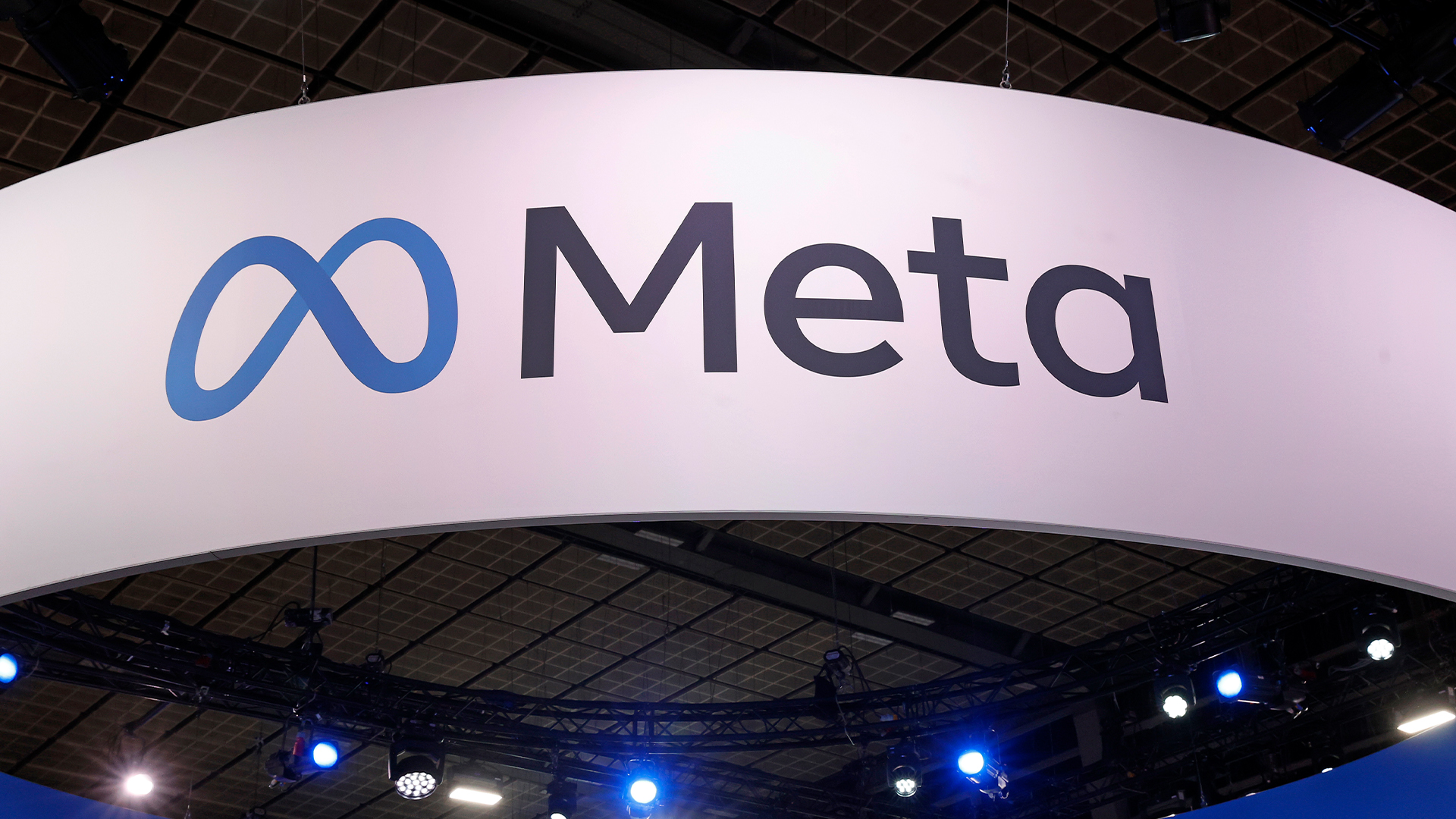 Meta wants to join the big tech nuclear club
Meta wants to join the big tech nuclear clubNews Meta has become the latest big tech company to explore the use of nuclear energy to power data centers.
By Nicole Kobie
-
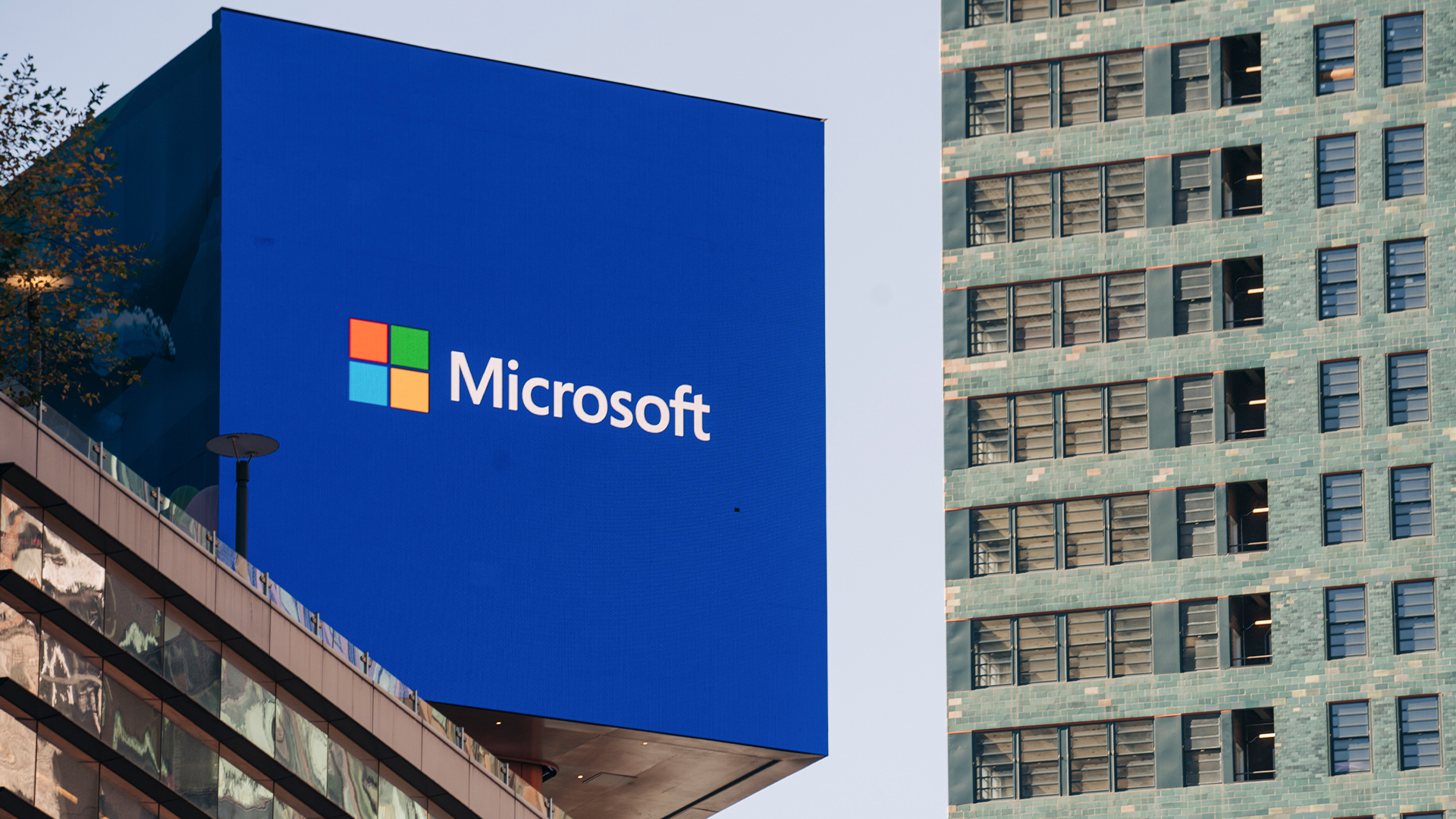 Microsoft admits users received unexpected upgrades to Windows Server 2025
Microsoft admits users received unexpected upgrades to Windows Server 2025News Admins spotted last week that Windows Server 2022 had suddenly become 2025
By Nicole Kobie
-
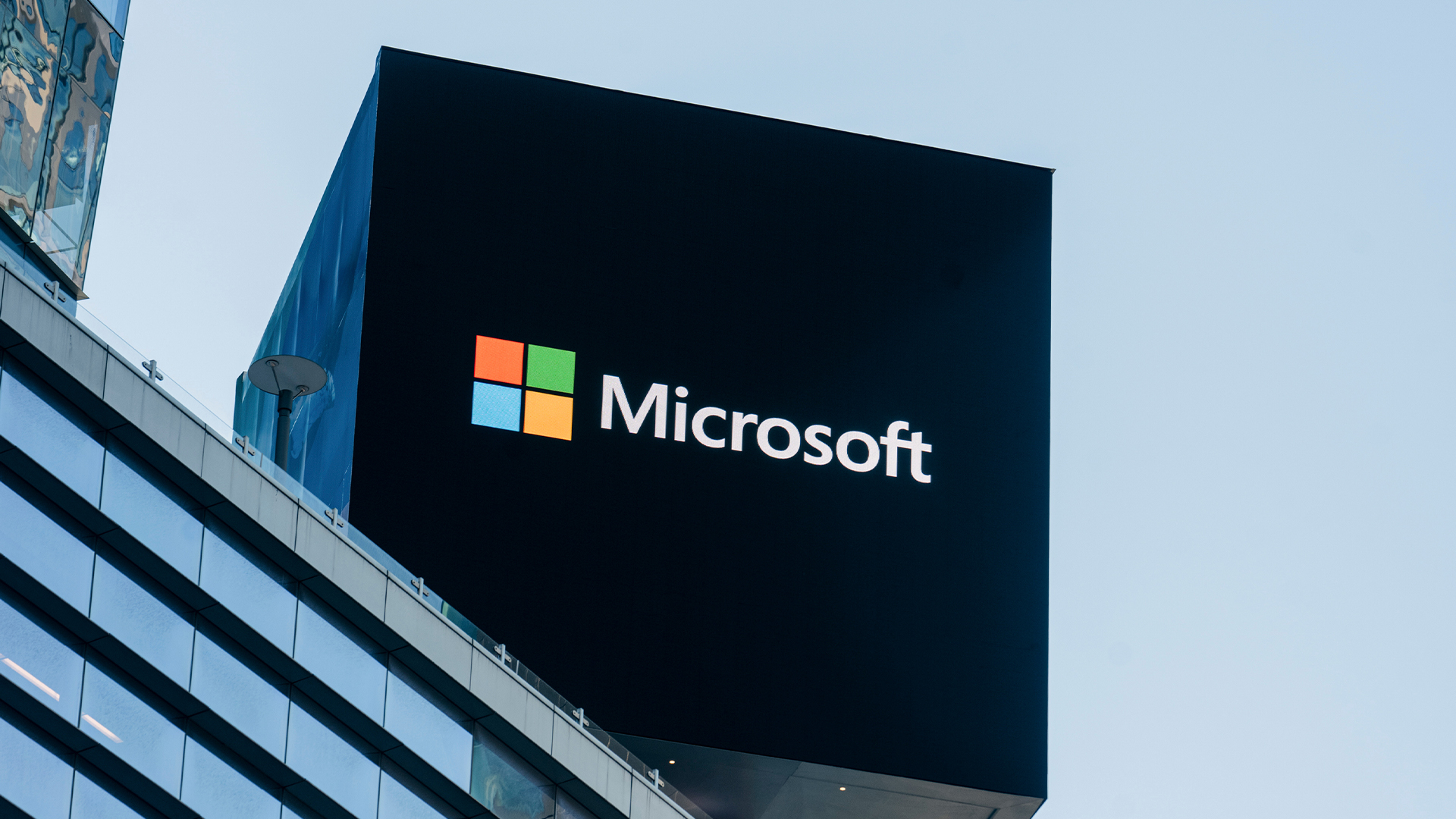 Windows Server 2025 is now available – but Microsoft warns admins to watch out for three major bugs, including one that causes the dreaded blue screen of death
Windows Server 2025 is now available – but Microsoft warns admins to watch out for three major bugs, including one that causes the dreaded blue screen of deathNews Microsoft promises security, performance, and cloud agility upgrades for Windows Server 2025 — but bugs ruin the party
By Nicole Kobie
-
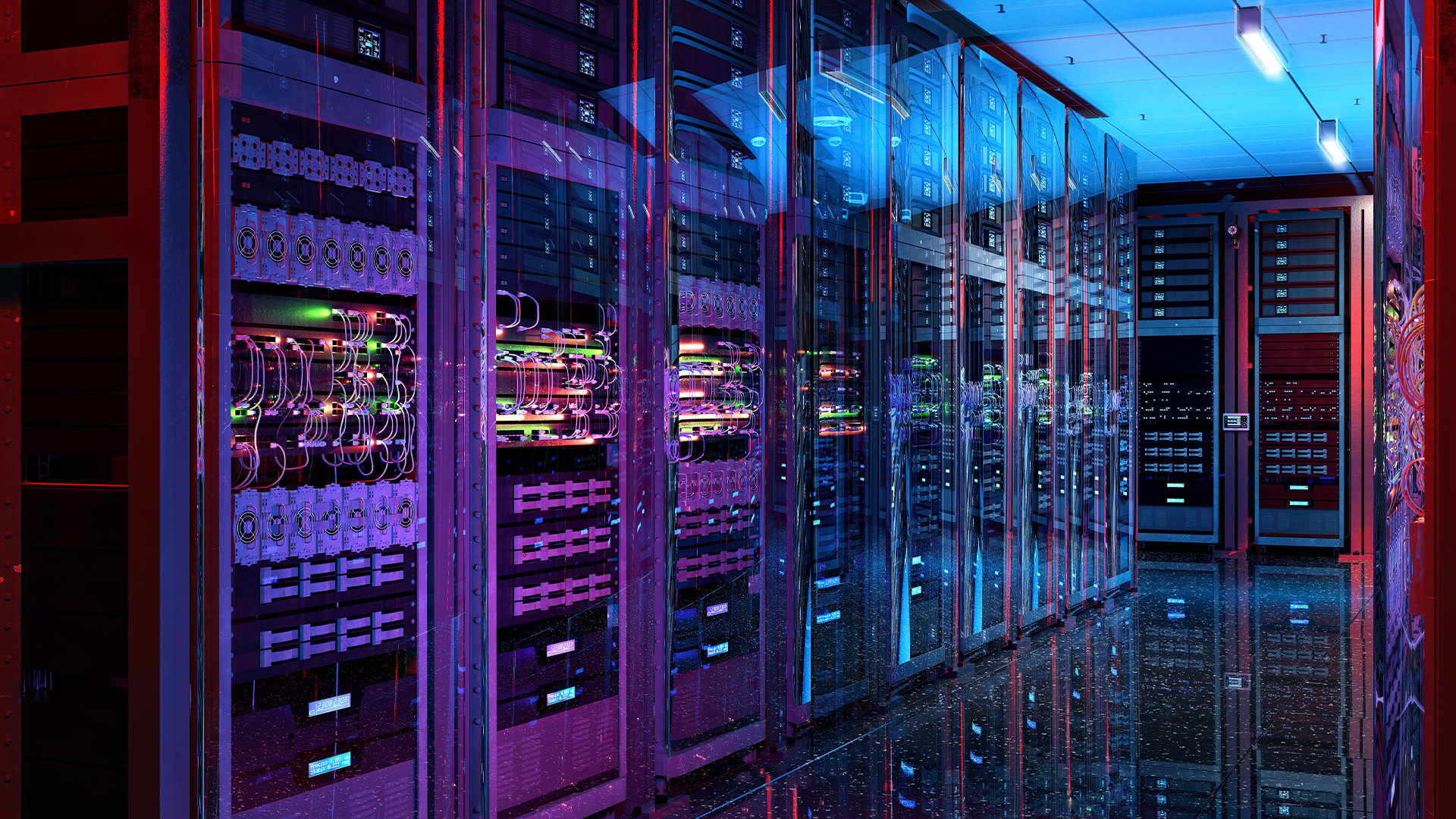 Data centers will be critical to UK economic growth in the coming decade – but researchers have warned of a ‘data doomsday’ unless energy infrastructure is improved
Data centers will be critical to UK economic growth in the coming decade – but researchers have warned of a ‘data doomsday’ unless energy infrastructure is improvedNews With TechUK calling for improved grid connections and easier access to renewable energy, a new study warns that the world's entire electricity supply may not be enough
By Emma Woollacott